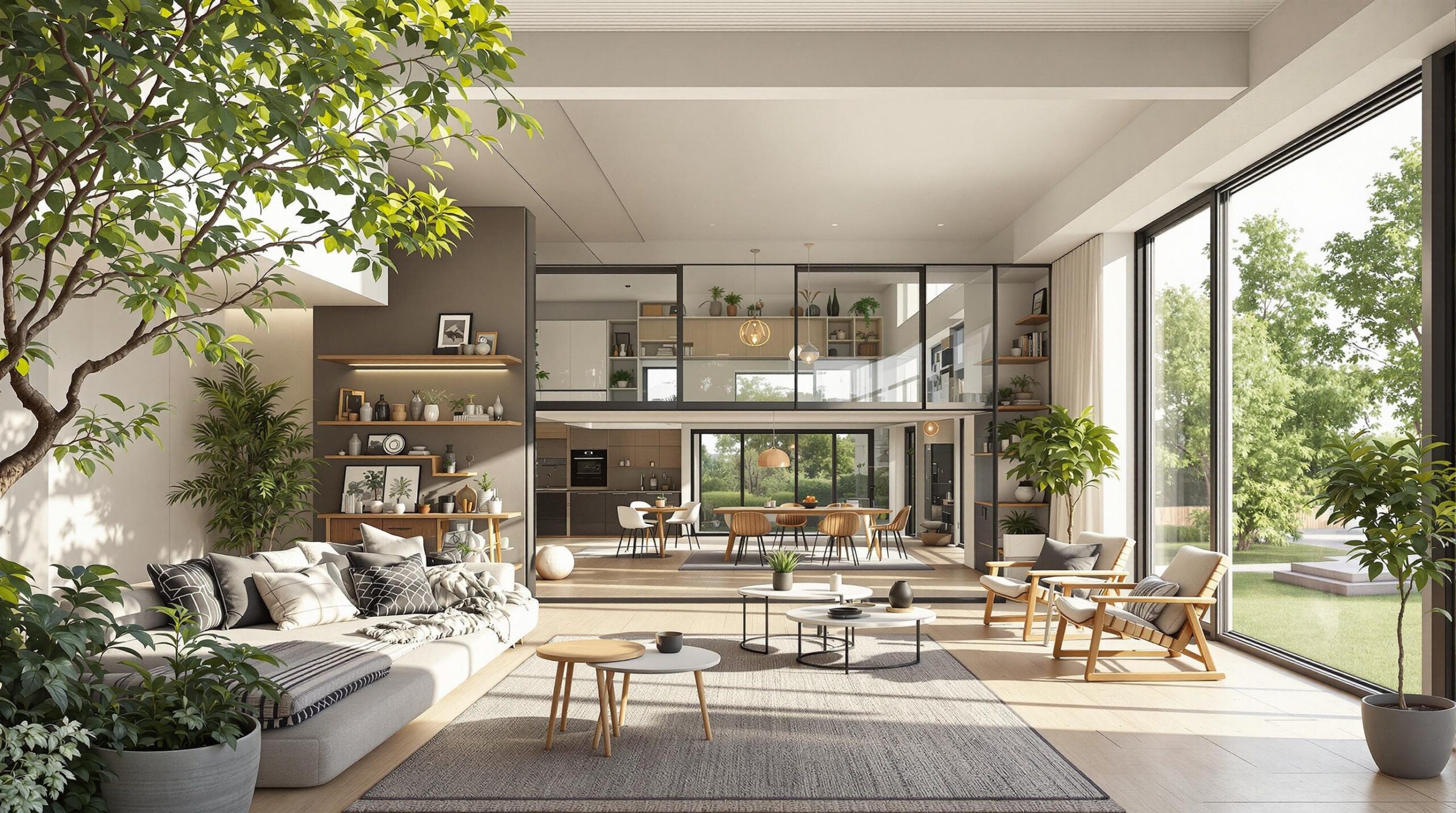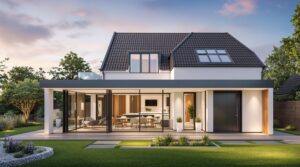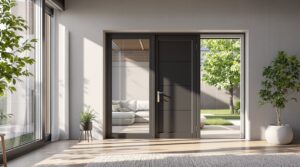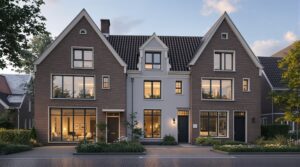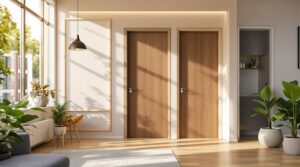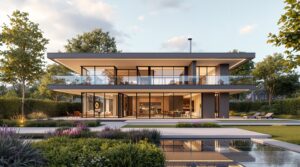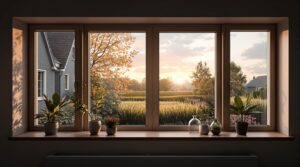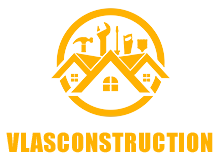Multigenerational Living: Adapting Homes with Smart Extensions
Multigenerational living is becoming increasingly popular in the Netherlands, as families seek to accommodate their extended family members under one roof. This trend has led to a growing demand for smart home extensions that can cater to the needs of multiple generations. In this article, we will explore the concept of multigenerational living, its benefits, and how to adapt homes with smart extensions to accommodate extended families in the Netherlands.
Basic Concepts
Before we delve into the world of multigenerational home extensions, it is essential to understand the key terms and concepts involved. Multigenerational living refers to the practice of multiple generations of a family living together in the same household. This can include grandparents, parents, and children, as well as other relatives such as aunts, uncles, and cousins. Smart home extensions refer to the addition of new spaces to an existing home that are designed to be flexible, efficient, and tailored to the needs of the occupants.
Benefits of Multigenerational Living
There are numerous benefits to multigenerational living, including:
- Emotional support: Living with extended family members can provide emotional support and a sense of belonging.
- Financial benefits: Sharing a home can reduce living expenses and increase financial security.
- Practical support: Family members can help with daily tasks, childcare, and caregiving.
- Intergenerational relationships: Multigenerational living can foster strong relationships between family members of different ages.
However, multigenerational living also presents some challenges, such as the need for additional space, privacy, and flexibility. This is where smart home extensions come in – to provide a tailored solution that meets the unique needs of each family.
Designing Smart Home Extensions for Multigenerational Living
When designing a smart home extension for multigenerational living, there are several factors to consider:
- Flexibility: The extension should be designed to be flexible, with spaces that can be easily adapted to meet the changing needs of the family.
- Privacy: The extension should provide private spaces for each family member, as well as communal areas for socializing.
- Accessibility: The extension should be designed to be accessible for family members of all ages and abilities.
- Sustainability: The extension should be designed with sustainability in mind, incorporating energy-efficient features and materials.
Some popular design options for smart home extensions include:
- Separate living quarters for grandparents or other relatives
- Home offices or study areas for family members who work from home
- Playrooms or game rooms for children
- Guest suites for visiting family members or friends
Accommodating Extended Families in the Netherlands
In the Netherlands, there are several regulations and considerations to keep in mind when adapting a home for multigenerational living. For example:
- Building regulations: The extension must comply with local building regulations and zoning laws.
- Permits: A permit may be required before construction can begin.
- Neighborhood restrictions: There may be restrictions on the size or design of the extension in certain neighborhoods.
It is essential to work with a qualified architect or builder who is familiar with the local regulations and can guide you through the process.
Practical Tips for Adapting Your Home
If you are considering adapting your home for multigenerational living, here are some practical tips to keep in mind:
- Start with a clear plan: Define your goals and priorities for the extension, and work with a professional to create a detailed design plan.
- Communicate with your family: Involve all family members in the design process to ensure that everyone’s needs are met.
- Be flexible: Be prepared to make changes as needed, and prioritize flexibility in the design of the extension.
- Consider the future: Think about how your needs may change in the future, and design the extension with flexibility and adaptability in mind.
Conclusion
Adapting a home for multigenerational living can be a rewarding and challenging process. By understanding the benefits and challenges of multigenerational living, and by working with a qualified professional to design a smart home extension, you can create a tailored solution that meets the unique needs of your family. Whether you are looking to accommodate grandparents, children, or other relatives, a well-designed smart home extension can provide the flexibility, privacy, and accessibility that you need to thrive.
Remember to prioritize flexibility, communication, and sustainability in the design process, and don’t be afraid to think outside the box and come up with creative solutions to meet your family’s needs. With a little planning and creativity, you can create a multigenerational home that is both functional and beautiful, and that will serve your family well for years to come.

